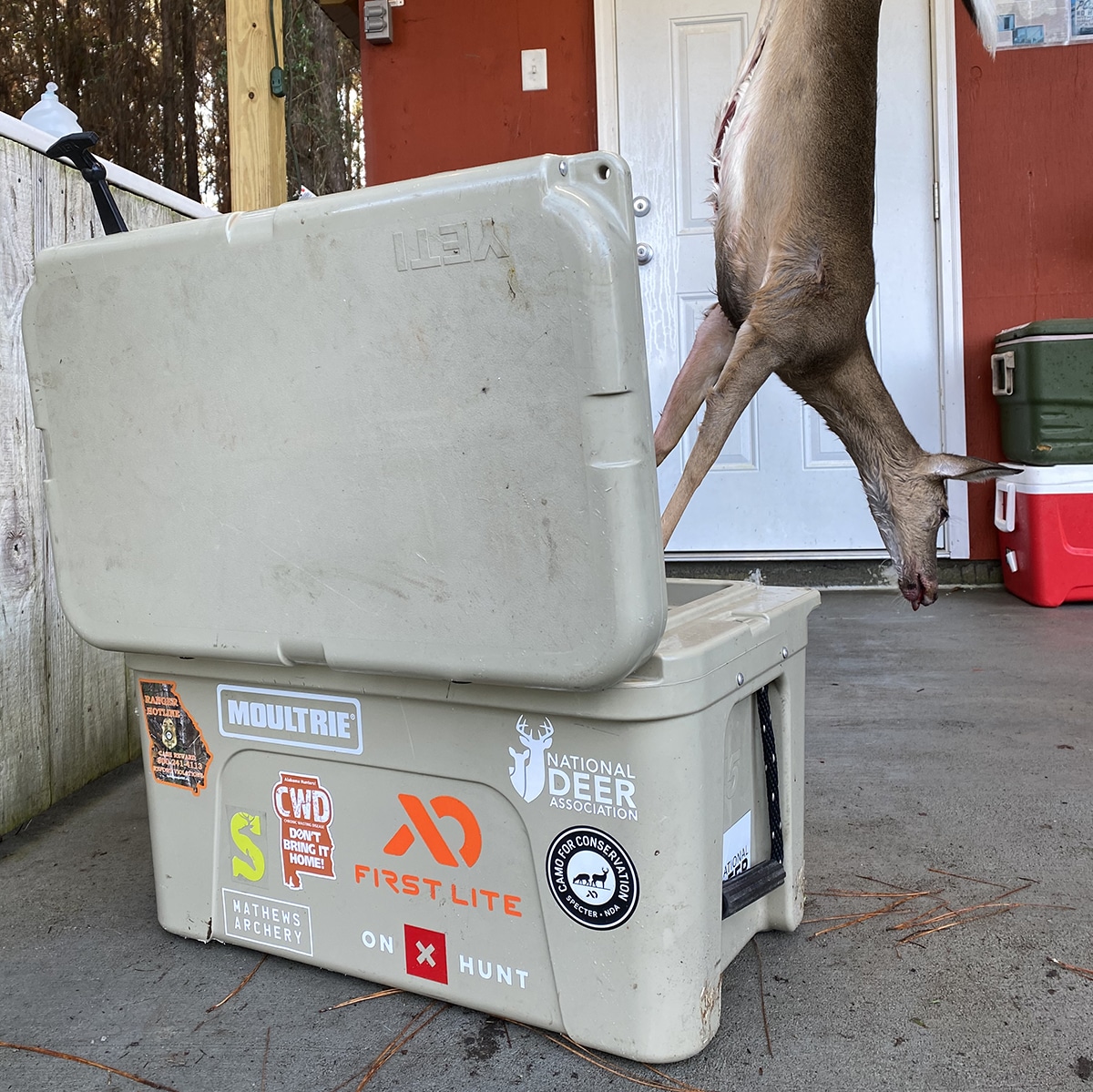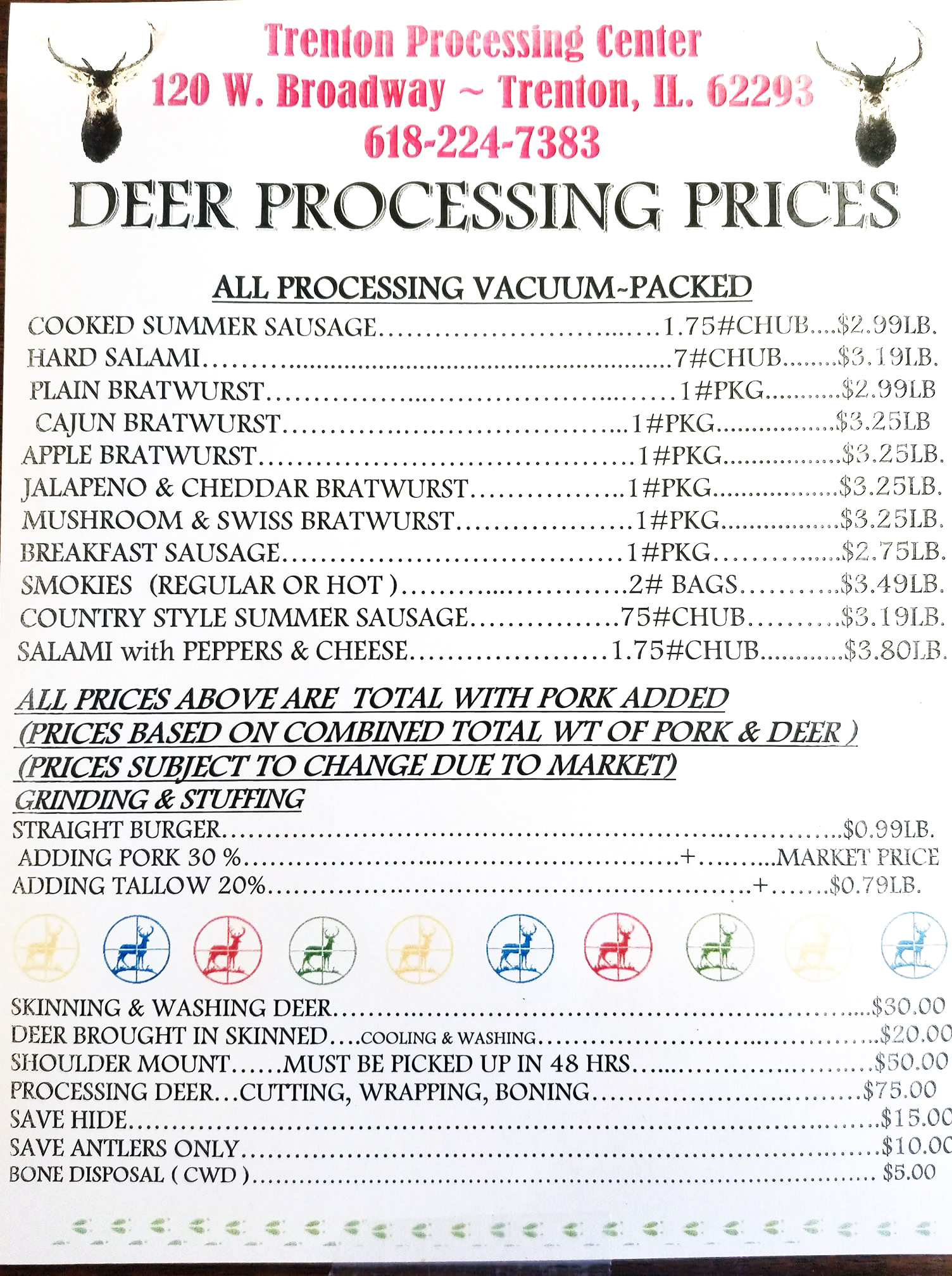Brown Rocket Deer Processing: Your Ultimate Guide To Sustainable Wildlife Management
When it comes to brown rocket deer processing, there’s a whole world of possibilities waiting to be explored. Imagine transforming a majestic animal into high-quality meat and sustainable products while respecting nature and ensuring ethical practices. This isn’t just about hunting or processing—it’s about creating value from every part of the deer while minimizing waste. Whether you’re a hunter, a food enthusiast, or someone curious about sustainable wildlife management, this guide is here to enlighten you!
Now, let’s face it—brown rocket deer processing might sound like a niche topic, but it’s gaining traction as more people become interested in ethical hunting, organic food, and eco-friendly practices. If you’ve ever wondered how to turn deer into premium cuts of meat or how to use every single part of the animal without letting anything go to waste, you’re in the right place.
This article dives deep into the art and science of brown rocket deer processing. From understanding the basics of deer anatomy to mastering the techniques for turning raw meat into delicious meals, we’ll cover everything you need to know. So buckle up because we’re about to take you on an adventure that blends tradition with modern innovation!
Read also:Exploring Free Remote Access Solutions For Iot Devices
Understanding the Basics of Brown Rocket Deer Processing
Brown rocket deer processing starts with knowing your deer inside out—or should we say, inside and out. Deer aren’t just about their meat; they’re a treasure trove of resources if you know how to handle them properly. Let’s break it down into simple terms:
- Deer anatomy plays a crucial role in processing. Understanding which parts yield the best cuts can make all the difference.
- Proper handling ensures safety and quality. Whether you’re field dressing or skinning, cleanliness and precision are key.
- Sustainability is at the heart of brown rocket deer processing. It’s not just about taking what you need but giving back to the ecosystem too.
Let’s dive deeper into these aspects because knowledge is power—and in this case, it’s also delicious venison!
Deer Anatomy: A Closer Look
Before you start processing, it helps to know what you’re working with. The anatomy of a brown rocket deer is fascinating. From its lean muscles to its vital organs, each part has its own purpose:
- Backstraps: These are the tenderloins of the deer world. Perfect for grilling or slicing into steaks.
- Shoulder and hindquarters: These cuts are great for slow cooking or making stews.
- Organs: Don’t overlook the liver, heart, and kidneys. They’re packed with nutrients and can add flavor to your dishes.
Knowing where to cut and how to handle each part ensures you get the most out of your deer. Plus, it’s a sign of respect for the animal.
Field Dressing: The First Step in Processing
Field dressing is the process of removing the internal organs from the deer after it’s been harvested. It’s an essential step that affects the quality of the meat. Here’s how you can do it right:
- Start by hanging the deer upside down. This makes it easier to access the abdominal cavity.
- Use a sharp knife to make a clean incision from the chest to the base of the tail. Be careful not to puncture any organs.
- Remove the organs gently and dispose of them responsibly. Some hunters like to save the liver and heart for cooking.
Field dressing might seem daunting at first, but with practice, it becomes second nature. Remember, cleanliness is crucial to prevent contamination.
Read also:Joel Embiid Needs Another Knee Surgery In Latest 76ers Crusher
Tips for Safe Field Dressing
Safety should always come first when handling wild game. Here are a few tips to keep in mind:
- Wear gloves to protect your hands from bacteria and bloodborne pathogens.
- Carry a first-aid kit in case of accidental cuts.
- Dispose of waste properly to avoid attracting predators.
By following these guidelines, you ensure that both you and the environment stay safe during the process.
Skimming and Butchering: Turning Raw into Ready
Once the field dressing is done, it’s time to move on to skimming and butchering. This is where the magic happens:
Skimming involves removing the skin from the deer. It’s a delicate process that requires patience and skill. Here’s how you can do it:
- Start by making a small incision around the deer’s hind legs.
- Peel the skin back slowly, using your knife only when necessary.
- Work your way up the body until the entire skin is removed.
Butchering is the next step, where you break down the deer into manageable cuts. This is where your knowledge of deer anatomy comes in handy:
- Separate the shoulders and hindquarters for larger cuts.
- Cut the backstraps and tenderloins for premium steaks.
- Trim excess fat and connective tissue for better taste and texture.
Each cut has its own unique flavor and texture, so it’s worth taking the time to do it right.
Preserving the Meat: Freezing and Curing
Once you’ve butchered the deer, it’s important to preserve the meat properly. Freezing and curing are two popular methods:
- Freezing: Wrap the meat tightly in butcher paper or vacuum-sealed bags to prevent freezer burn.
- Curing: Use salt, sugar, and spices to cure the meat for jerky or sausages.
Both methods extend the shelf life of the meat while enhancing its flavor. It’s all about finding what works best for your taste buds.
The Importance of Ethical Hunting and Sustainable Practices
Brown rocket deer processing isn’t just about the end product—it’s about the journey. Ethical hunting and sustainable practices ensure that the deer population remains healthy and that the ecosystem stays balanced:
- Hunters play a vital role in wildlife management by controlling deer populations.
- Using every part of the deer reduces waste and promotes respect for the animal.
- Supporting local hunters and processors strengthens rural economies.
It’s a win-win situation for everyone involved. By practicing ethical hunting and sustainability, you contribute to a healthier planet.
How You Can Make a Difference
Here are a few ways you can incorporate ethical practices into your hunting and processing:
- Choose humane methods of harvesting deer.
- Support conservation efforts by donating a portion of your harvest.
- Share your knowledge with others to promote responsible hunting.
Every small action counts when it comes to preserving our natural resources.
Delicious Recipes Using Brown Rocket Deer Meat
Now that you’ve processed your deer, it’s time to enjoy the fruits of your labor. Here are a few recipes to get you started:
Grilled Venison Steaks
Ingredients:
- Backstrap steaks
- Olive oil
- Salt and pepper
- Garlic powder
Instructions:
- Preheat your grill to medium-high heat.
- Season the steaks with olive oil, salt, pepper, and garlic powder.
- Grill for 3-4 minutes per side for medium-rare.
Venison Jerky
Ingredients:
- Thinly sliced venison
- Soy sauce
- Brown sugar
- Smoked paprika
Instructions:
- Mix the soy sauce, brown sugar, and smoked paprika in a bowl.
- Marinate the venison slices overnight.
- Dry the jerky in a dehydrator or oven at low heat for 4-6 hours.
These recipes are just the beginning. Get creative and experiment with different spices and techniques!
Data and Statistics: The Impact of Deer Processing
According to the U.S. Fish and Wildlife Service, deer hunting contributes over $20 billion annually to the economy. It also helps manage deer populations, preventing overgrazing and habitat destruction:
- Over 10 million people participate in deer hunting each year.
- Deer processing creates jobs in rural areas and supports local businesses.
- Sustainable practices ensure that future generations can enjoy hunting and wildlife.
These numbers highlight the importance of responsible hunting and processing. It’s not just a hobby—it’s a way of life for many.
Referencing Trusted Sources
For more information, check out the following sources:
These organizations provide valuable insights into deer hunting and processing.
Conclusion: Take Action and Share Your Experience
In conclusion, brown rocket deer processing is more than just a skill—it’s a lifestyle. By mastering the art of processing, you contribute to sustainable wildlife management and enjoy delicious, high-quality meat. Remember to always prioritize ethics and sustainability in your practices.
Now it’s your turn to take action! Try out the recipes, share your experiences, and leave a comment below. Let’s build a community of responsible hunters and processors who care about our planet and its resources.
Table of Contents
- Understanding the Basics of Brown Rocket Deer Processing
- Deer Anatomy: A Closer Look
- Field Dressing: The First Step in Processing
- Tips for Safe Field Dressing
- Skimming and Butchering: Turning Raw into Ready
- Preserving the Meat: Freezing and Curing
- The Importance of Ethical Hunting and Sustainable Practices
- How You Can Make a Difference
- Delicious Recipes Using Brown Rocket Deer Meat
- Data and Statistics: The Impact of Deer Processing


